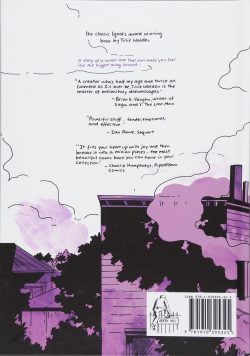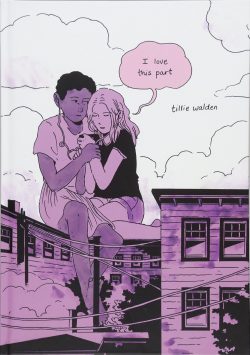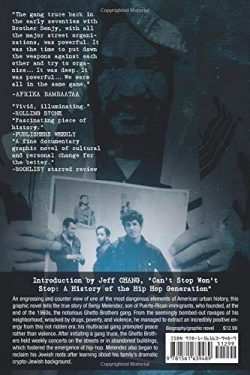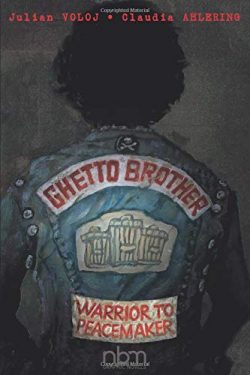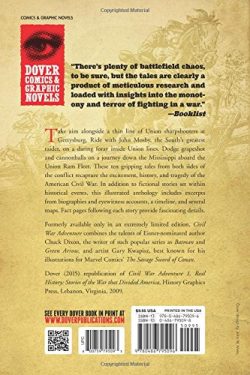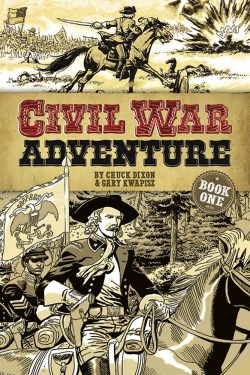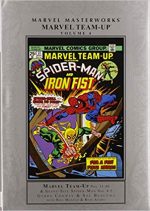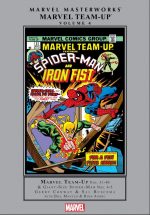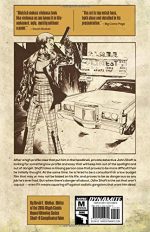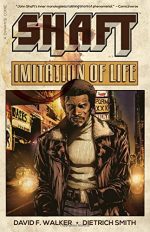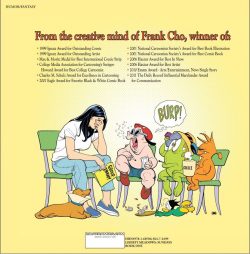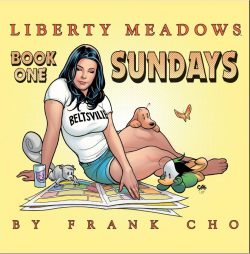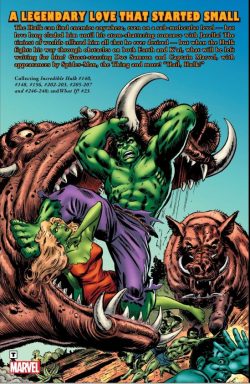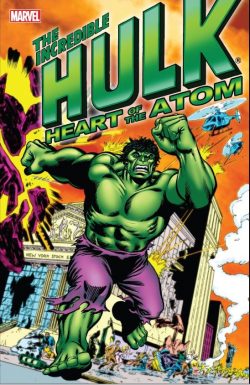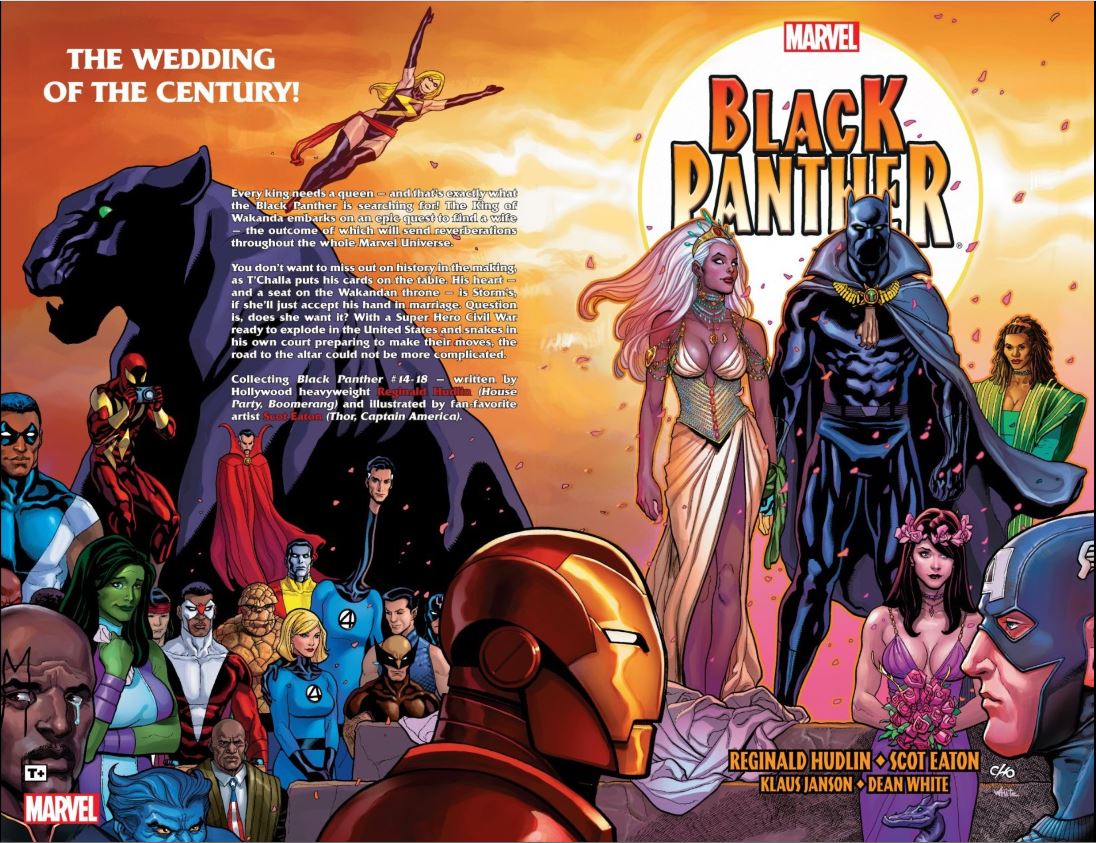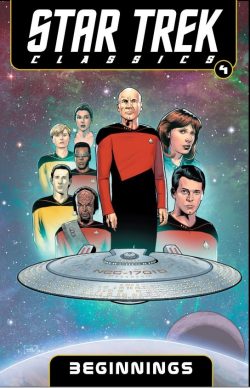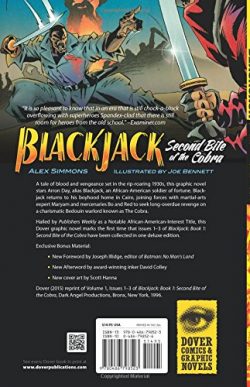
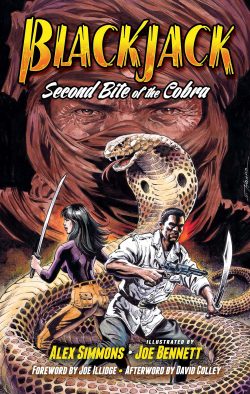
By Alex Simmons & Joe Bennett (Dover Comics & Graphic Novels)
ISBN: 978-0-486-79852-3 (TPB)
Here in the west nearly 150 years of popular publishing – and its spin-off art forms film, radio, TV and especially comics – has generated a legion of legendary (if human-scaled) action adventurers. These larger than life characters have been called Pulp Heroes and their playground is all of human history and every tomorrow…
Whether you prefer Ivanhoe and Prince Valiant, Allan Quatermain, Sir Percy Blakeney, Richard Hannay, El Borak, Bulldog Drummond, Doc Savage, Mack Bolan, James Bond, Jason Bourne or even Indiana Jones, a succession of steely-eyed, immensely powerful men – and even the occasional woman – have girdled the globe righting wrongs and inspiring millions of dreamers. Although some few had friends, colleagues or assistants of colour, I can’t think of a single leading man who was black…
That all began to change in 1957 when Chester Himes began writing his tales of brutal, uncompromising cops Coffin Ed Johnson and Gravedigger Jones in the Harlem Detective novels… but then again, he was writing them from exile in France.
America’s history of Jim Crow laws and institutionalised racism throughout the media had driven him away from his birthland and long ago stifled the hopes and aspirations of generations of African-Americans looking for a hero all their own.
That started changing in the radical 1960s, when flunky stereotypes and dumb bad-guy representations began to give way to thoughtful portrayals of fully-feeling human beings, intelligent moral champions and powerful, vital, independent heroes – thanks to the efforts of the same media empires which had for so long censored any such image.
Sadly, one look at today’s News tells us America still has some way to go. And of course, for most of that time Britain has been no better…
That’s a rather longwinded and pompous way of recommending a splendid release from Dover’s superb line of lost and rescued graphic gems: a revived edition and a compelling modern classic of the Good Old, Bad Old Days, resurrected in a softcover or digital collection to astound and enthral all lovers of epic bravado and red-handed justice, packed with the usual extras and bonus material.
Preceded with a Foreword from Joe Illidge and the author’s exhilarating Introduction ‘The Past: A Good Time for a Dark Hero’ and bookended by an effusive Afterword by agent David Colley, you can experience a world of dangerous extremes perfectly realised by Brazilian-born illustrator Joe Bennett (X-Men, 52, Supreme).
Alex Simmons is an award-winning African-American author, playwright, comicbook scripter and educator who has produced innumerable strips, games, shows and art-events all over the world. He’s worked for Marvel, DC, Disney, Archie and others and is a passionate advocate for and champion of equality and racial issues.
In 1996 he finally fulfilled a childhood dream by creating a black character as an equal to and worthy of the fictional meta-kingdom of all his childhood heroes as cited above. Following a cruelly recognisable usual pattern, however, the saga of Arron Day AKA Blackjack proved to be a monster hit everywhere… except America…
Following the first two miniseries from Dark Angel Productions, Blackjack adapted to tough times in the comic biz by moving online as both prose and comics forms and through a serial in “Blaxploitation†magazine Bad AzzMofo. In 2001, there was even an audio adventure – Blackjack: Retribution – recorded in front of a live audience at the Museum of TV and Radio in New York City.
Now, with the first epic extravaganza compiled into one scorching saga, action fans have a chance for another bite of the cherry. During the Great War, Matthew “Mad Dog†Day found fame and a little prosperity as a soldier-of-fortune fighting all over the world; attaining the respect and acclaim no North Carolina negro could have by staying in America…
One particularly savage commission from a thankless Egyptian government sent him into the Sahara and pitted him and his fellow mercenaries against diabolical, nigh-messianic rebel Farouk Tea a la Af’a, know to insurgents everywhere as The Cobra.
After a climactic battle between eternal, implacable foes the Arab raider paid him the ultimate mark of disrespect by not bothering to kill him and his remaining comrades before vanishing back into the trackless wastes…
Back in Cairo days later, the foreign survivors were publicly castigated by an ungrateful populace and Mad Dog’s young son learned a harsh lesson. Arron knew who was truly to blame however and swore one day he would meet the Cobra…
Years passed and in 1923 the boy and his sister learned another salutary lesson when their parents were murdered by unknown assassins in Spain. By 1935 Arron has surpassed his father and become a globetrotting man of wealth and means by way of his own martial talents. Gripped by a keen sense of justice and never one to shy away from conflict or confrontation, he has used that money to challenge the American Way by buying a palatial home on Manhattan’s West Side, flying in the face of hostility and outright bigotry, even from the city police …
However, setting up home and aggravating the powers-that-be suddenly loses its appeal when a cable from Cairo arrives. Old uncle Silas – a white man who was Mad Dog’s trusted lieutenant – has learned the Cobra is back and up to his old murderous tricks…
And so begins a spectacular, ferociously gripping duel in the desert as Blackjack hunts for the man who shamed his father – and might well have had him killed – encountering and outwitting corrupt rulers, suspect capitalists hungry for the region’s as yet untapped riches, and gangs of thugs.
Ferreting out the demon from his past accompanied by a trusted band of comrades and lethal new recruit Maryam, Blackjack blazes his way across the war-torn region to meet his promised nemesis and settle forever the family business so long delayed…
As spectacular as Lawrence of Arabia, as fast-paced as The Mummy (1999) and as satisfyingly suspenseful as Hidalgo, this is pure pulp experience no lover of the genre should miss.
Story text © 1995 Alex Simmons. Illustrations © 1995, 1996 Joe Bennett. Cover art © 2015 Scott Hanna. All other material © 2015 its respective owners. All rights reserved.

